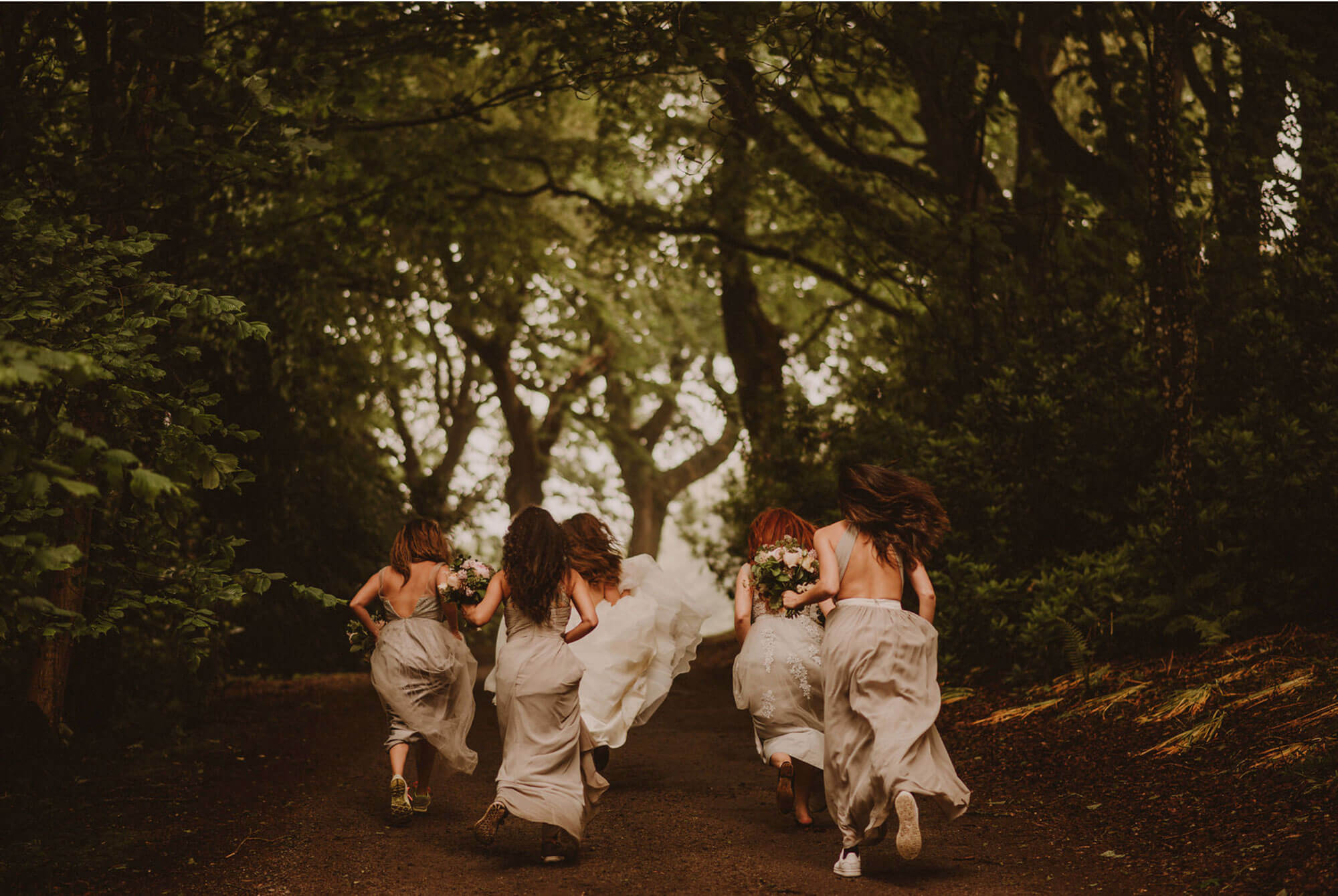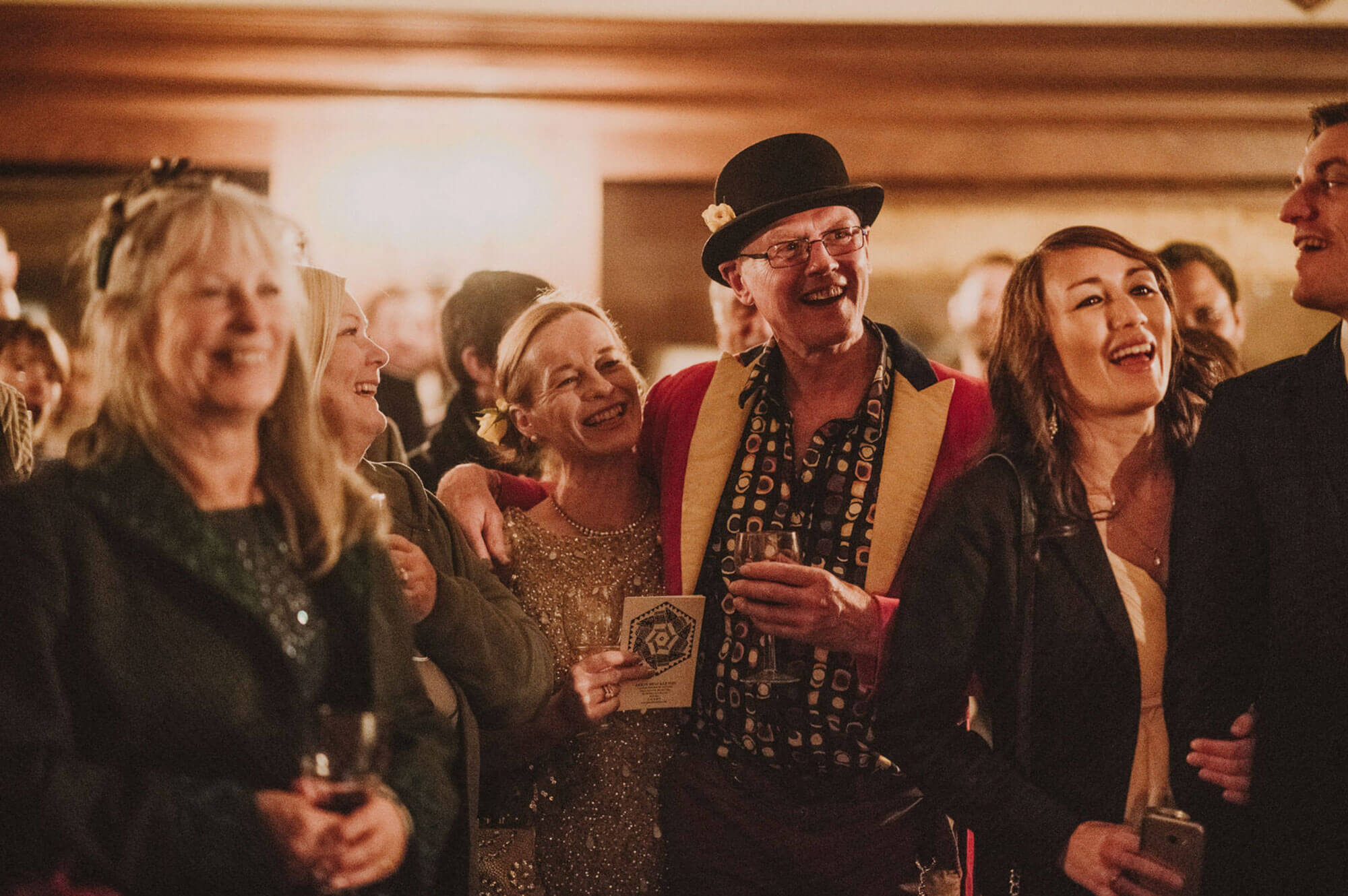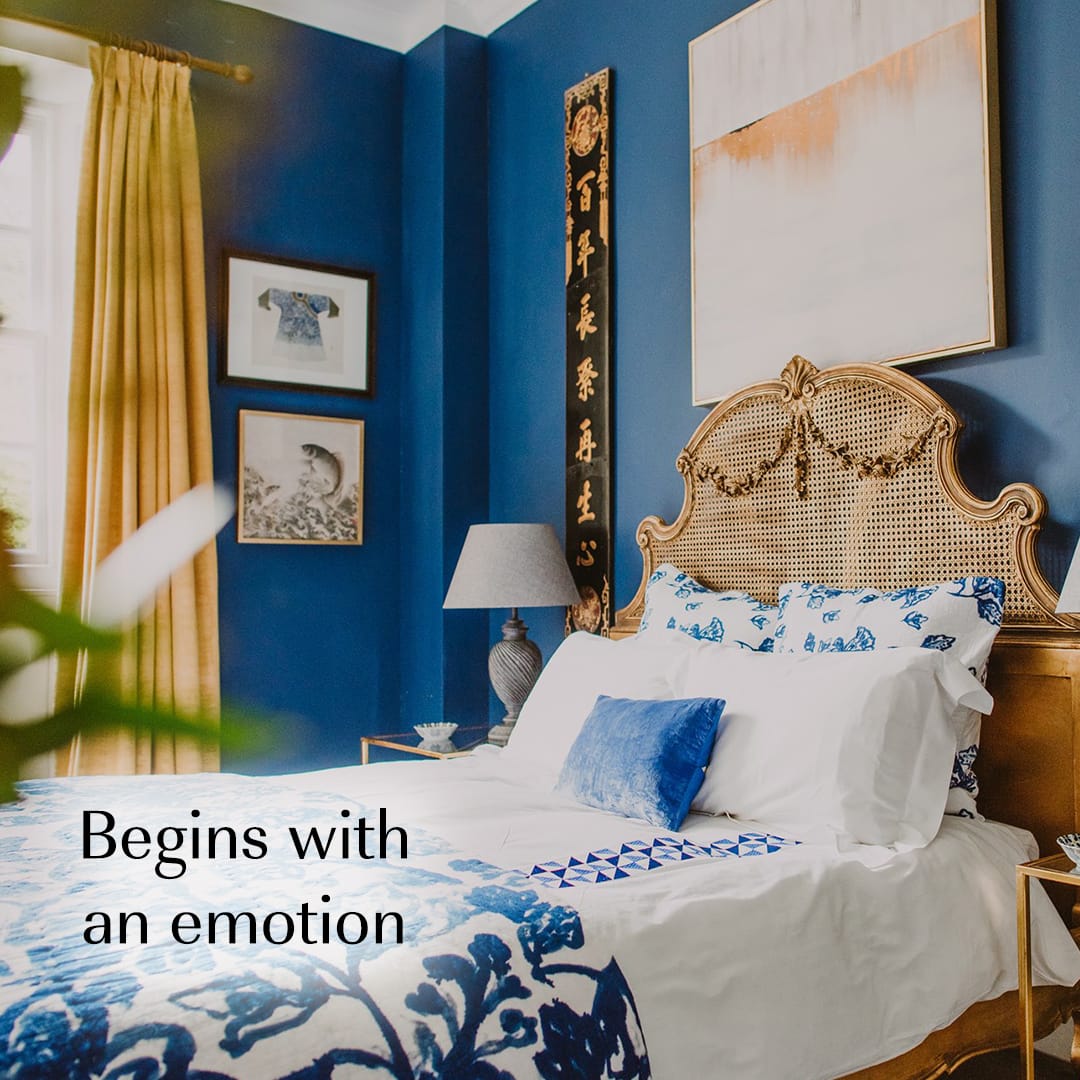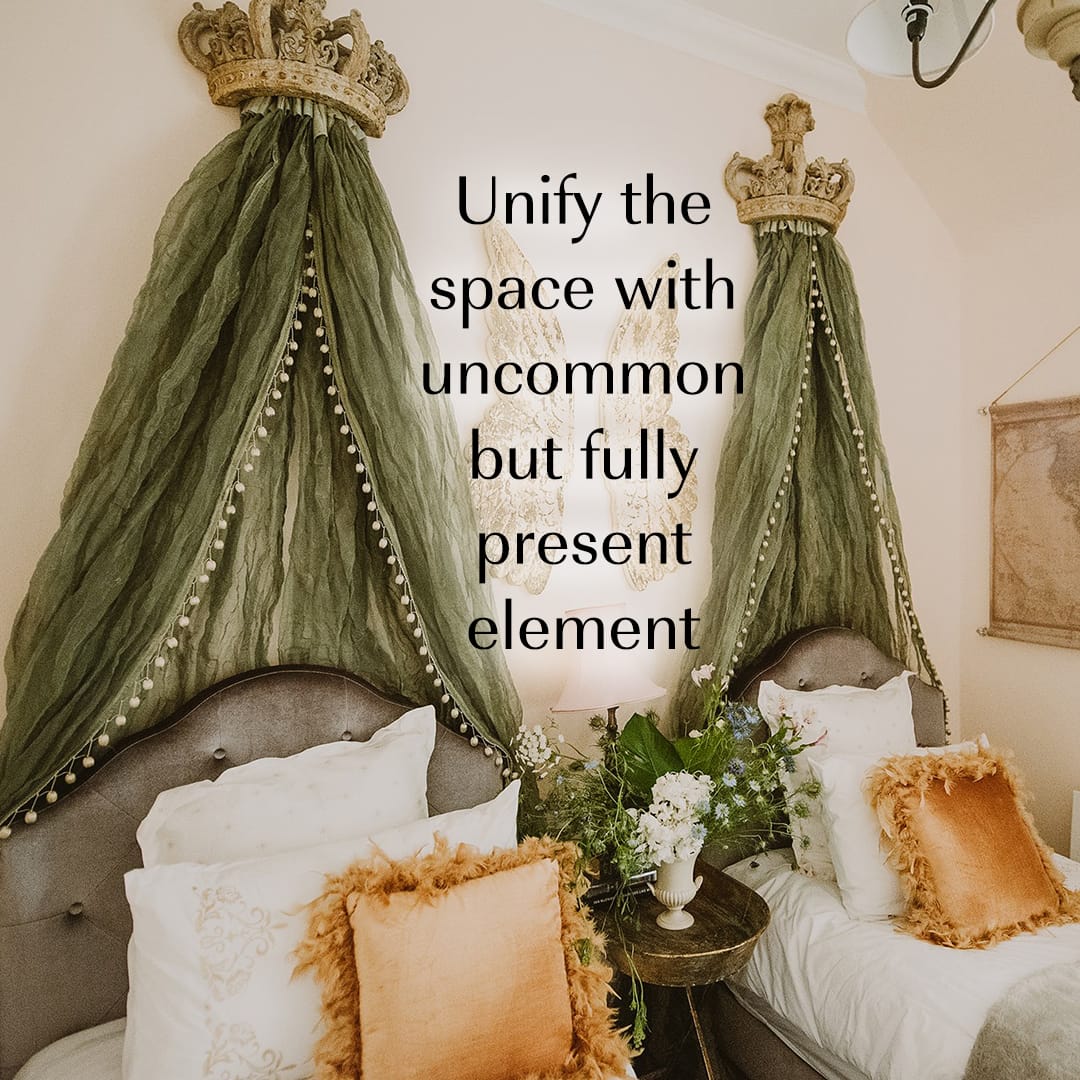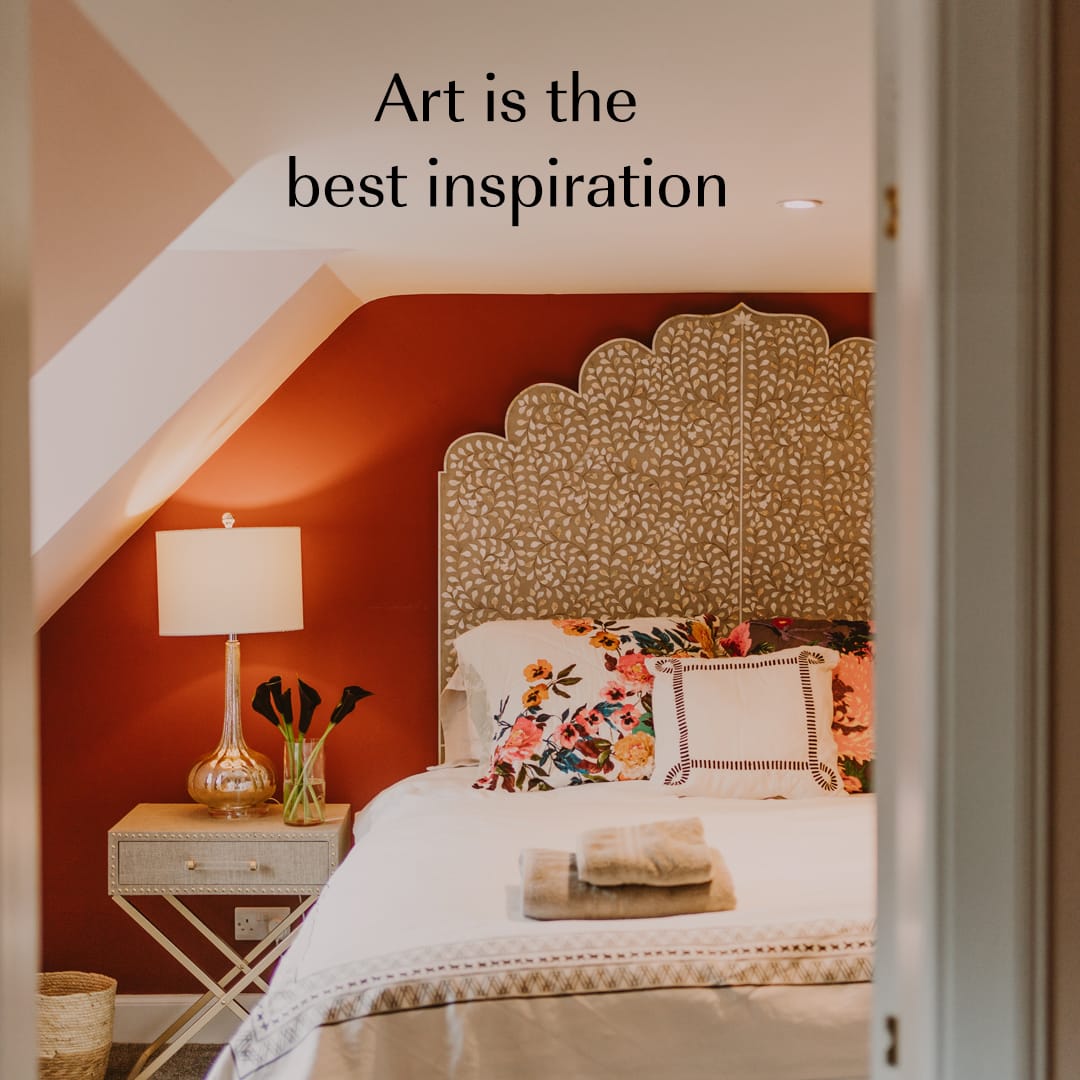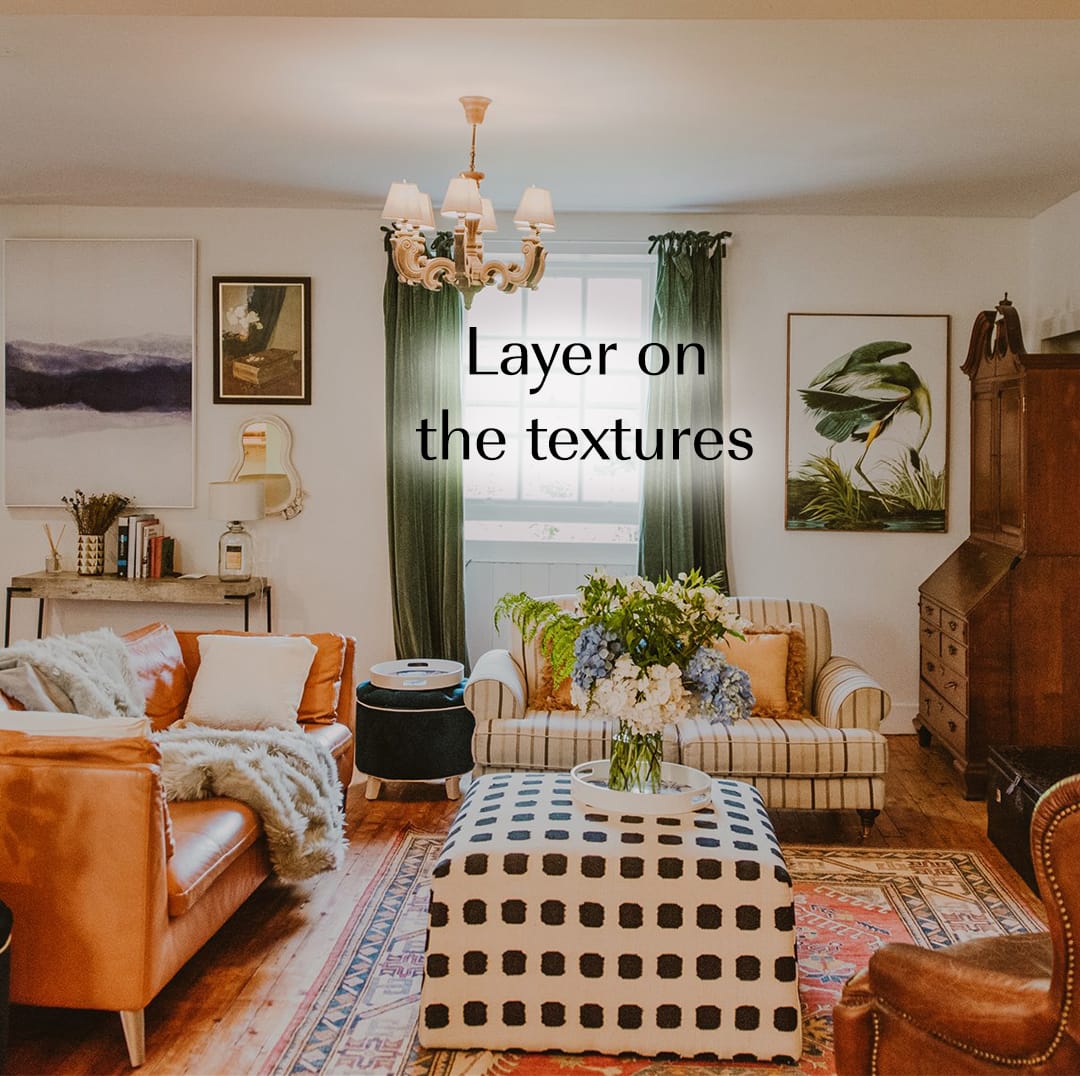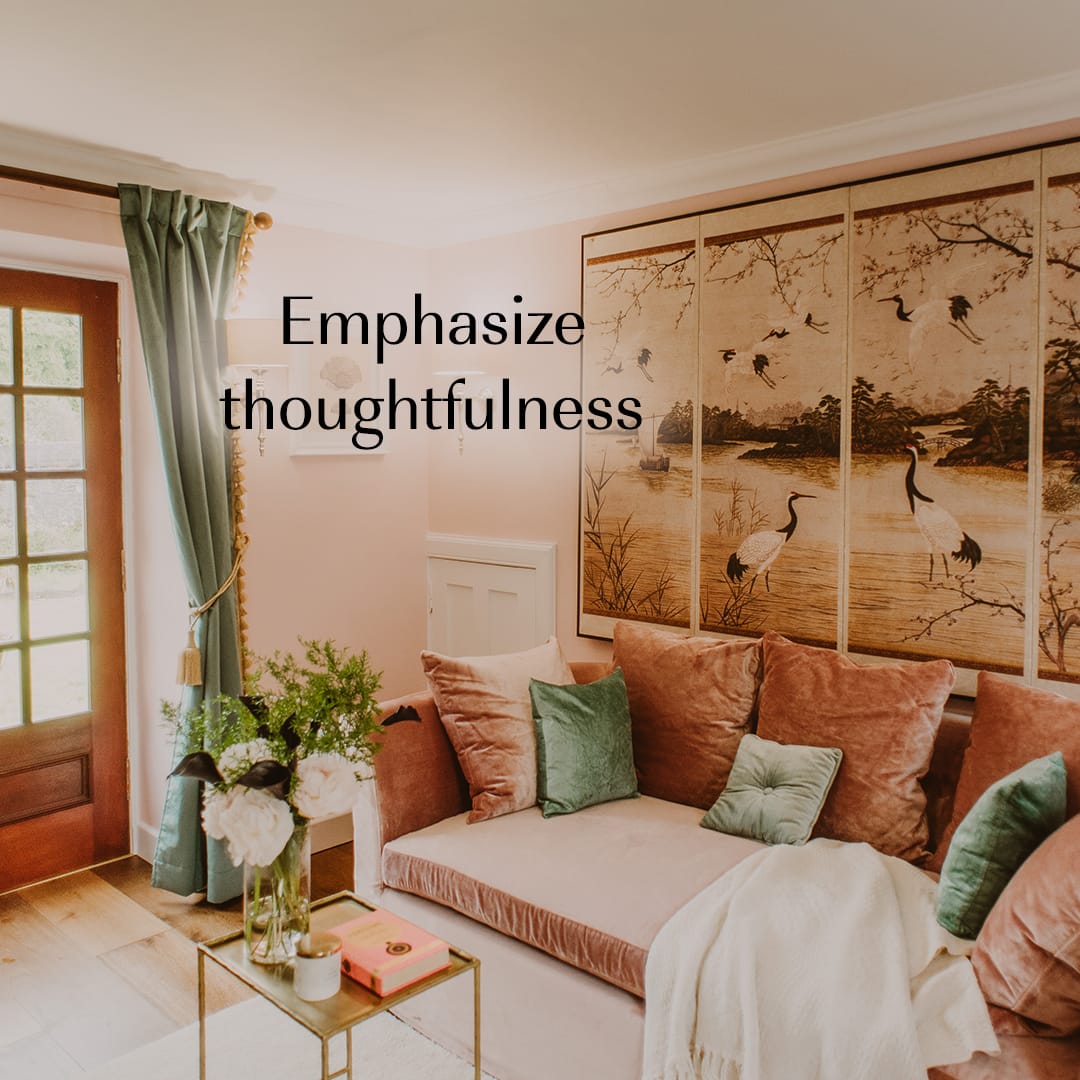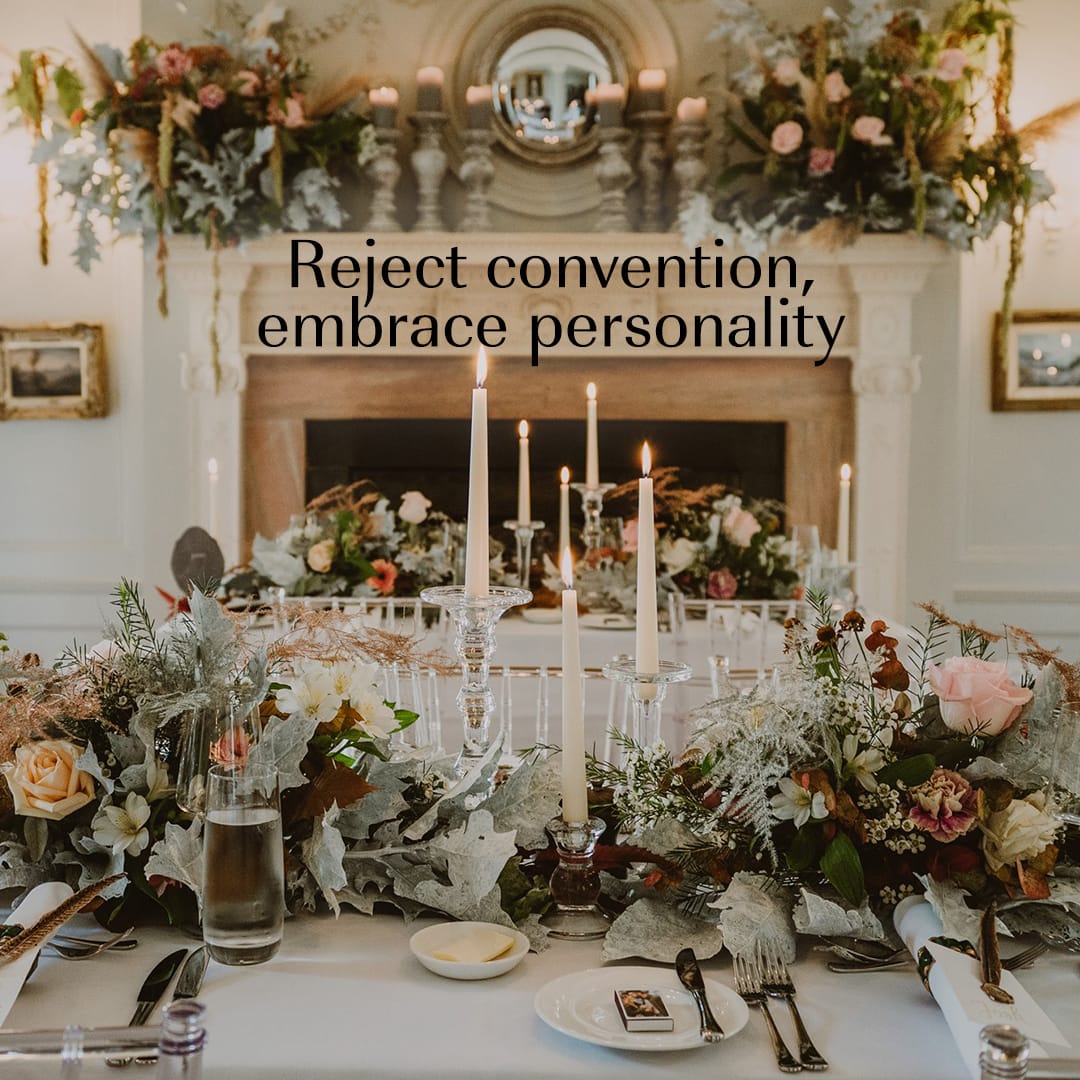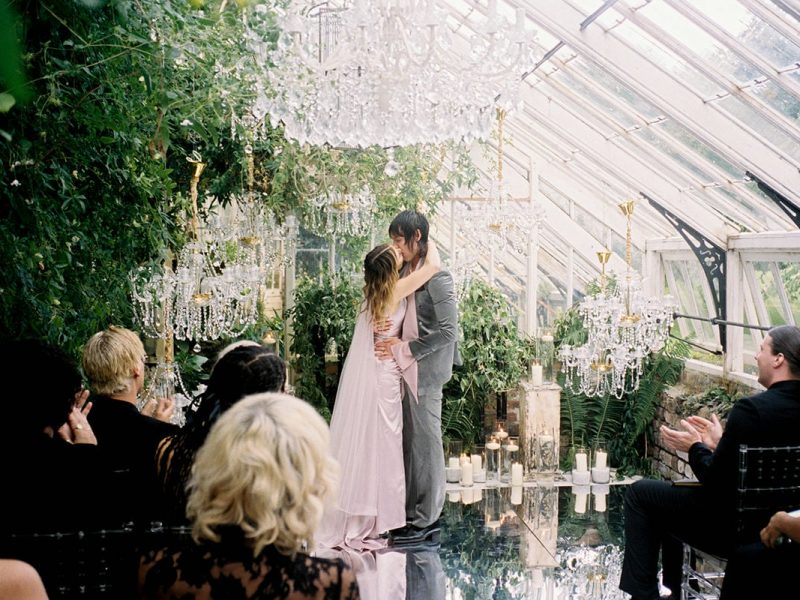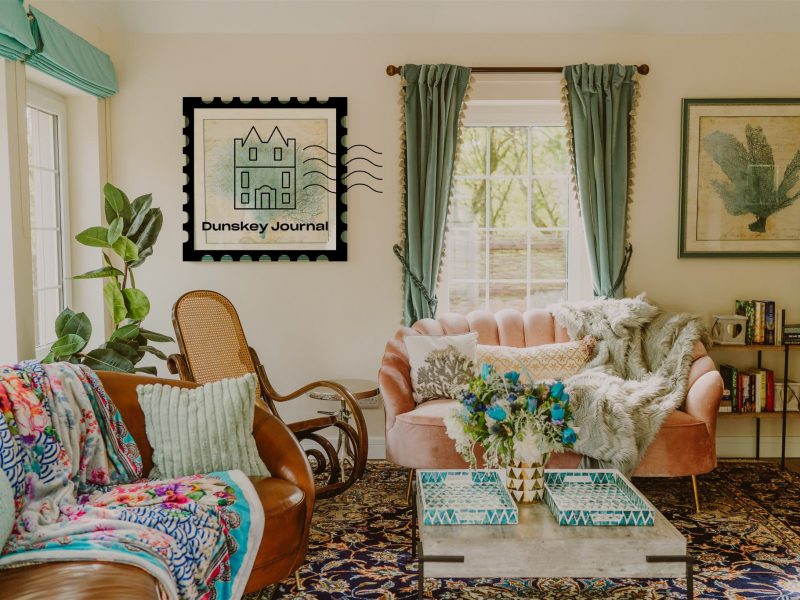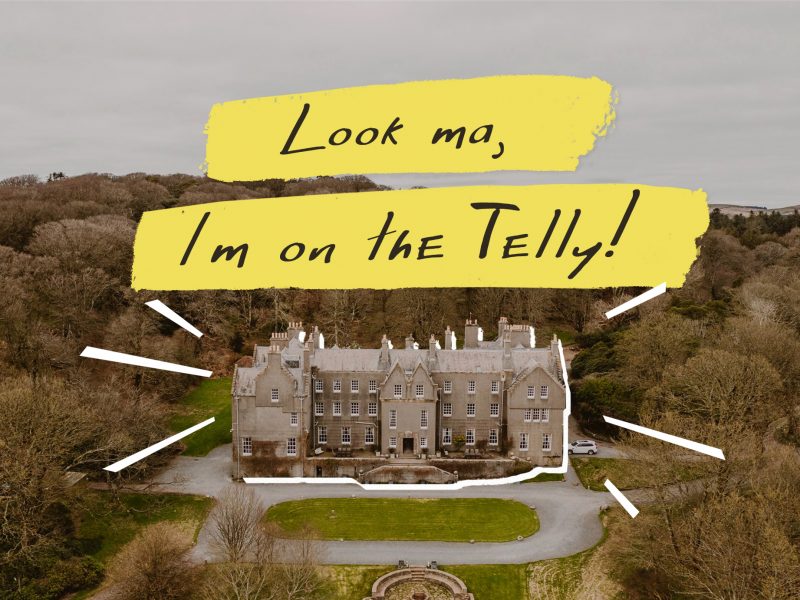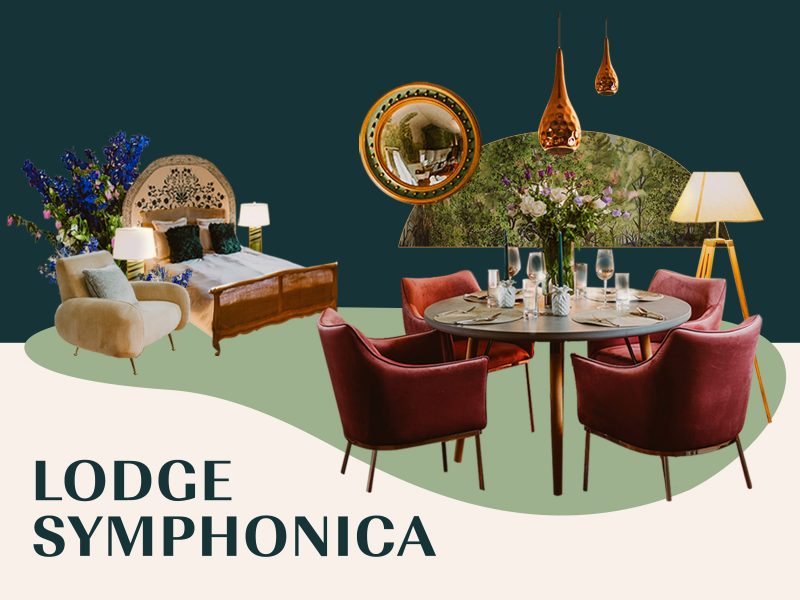We get many questions about how the interior design happens at Dunskey Estate, as a specific Dunskey-esque aesthetic is beginning to emerge. Maximalist, irrelevant, yet (hopefully) somehow comes together?
It’s true that I have stupidly dared to “design” every room and interior space on the Estate. The word “DESIGN” here must be very generously and loosely interpreted because I have no formal training or experience, and had to resort to my inadequate and amateur eyes to conceptualize a Dunskey-worthy room.
However, these guiding principles have helped me enormously in translating my vision into an IRL space. They work well for me, but I know that I wouldn’t be able to design a room according to someone else’s aesthetic. Influencer minimalist beige vibes? No idea how to do that. Louis XIV curlicues and gold plated toilet? I refer you to Trump Tower.
1. Begin with an emotion: Bizarrely, I start with a scent and a memory. I would stand in a room and think, what fragrant would I want to encounter here, and what lovely memory would I like to evoke? For me, this sets the “vibe” of that space. Heartsease, for example, is the feeling I get from napping in a sun-dappled hammock on a Saigon afternoon while my grandmother sang me Vietnamese lullabies. It’s fresh lemongrass, clary sage, and citrusy mandarins. And those are the colors you have in that bedroom
2. Unify the space with an uncommon but fully present element. Can’t tell you enough to be brave and choose something completely unexpected to anchor a room. Medieval angel wings? Yes. A set of black and white prints from the 1890s? Always. Make a statement, then build the decorative accessories around that piece. In Glen bedroom, we actually do have a pair of iron wings. I used this piece to define other ideas, such as steel frames, gilded rope antique mirrors, and strong, dark accent colors.
3. Layer on the textures: Actually I simply love textures so I pile them on, probably quite incongruously in a Devil-may-care manner. That said, I do try to strike a balance between soft and shiny: velvet, sheepskin, linen, wool, versus chrome, glass, iron, reclaimed wood, ceramics. Most of the time I do feel it’s a jumble of “Wow I love all these sensations” but it never fails to make me smile!
4. Keep it to three main colors: Forget what people tell you about harmonizing colors. If you love it, then you’ll gravitate towards it and it will make sense! I never care if the three colors I work with “match” or “complement” one another. As long as there is one reasonably neutral color as a lovely background, one stronger color to accent the room, and a third poppy, punchy hue, the space will feel thoughtfully designed. I have combined rust bronze, pale pink, and seafoam green, colors that sound a bit headache-inducing on paper, but when used in the right proportion it led to a room that matches the colors of a sunset over the sea.
5. Emphasize thoughtfulness: Does this bed’s height mean that when lying down to read, the lightbulb from this lamp on this particular bedside table will be blinding you to oblivion? Beauty without function is thoughtless! That bathtub may look super posh but if it’s inherently uncomfortable to relax in for a long soak, you’ll end up resenting its beauty. Choose with careful practicality.
6. Reject convention, embrace personality: Whether you’re starting from scratch or looking to add some finishing touches, let your personality be your guide. I love bawdy, cheeky defiance of conventions, so I am often drawn to those who also embrace this technique. The Art of Laughter: Humor in the Golden Age, an exhibition of Dutch Master Paintings, was a source of infinite inspiration and chuckles for quite some time.
7. Art is the best inspiration: I can’t tell you the number of times I’ve browsed through online images of classical paintings for inspiration. Susan Ryder is a frequent muse, as her artworks feature such lush and relaxed rooms. Gabriel Metsu’s Woman Reading a Letter is one of the best color palettes I’ve seen. Seek expertise from the masters! They know all about colors and vibes.
So there you have it, folks: seven guiding principles to help you channel your inner weirdo designer and create a living space that’s wild, unconventional, and uniquely you. Don’t be afraid to embrace a little bit of fear and madness – after all, that’s what makes the design process so much more meaningful.


